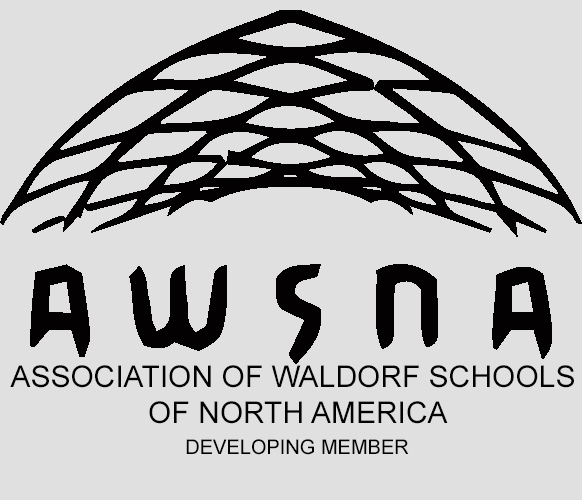From Mary Fettig, long-time Waldorf class teacher and mentor to Grade 2/3 Class Teacher Laurie Kozar:
Every day, in every class, voices are raised in song. From our Little Lambs program serving the youngest children through the Grade Eight class, music is an integral part of the OVWS experience.
Through seasonal songs welcoming in the Spring, songs to bless and give thanks for snacks and meals, and songs to lead the youngest children through transitions, music is shared by the Early Education teachers, bringing the joy of personal expression, harmony and rhythm. In the Early Grades, the children join in with their teachers as they are directly taught the songs, often with movements that accentuate the tempo. First Graders are given wooden pentatonic flutes and now begin to play themselves. Next comes the soprano recorder andthe opportunity to learn to read musical notation.
Strings are introduced in Grade Four and we are blessed to have Katie Trautz, a local fiddler, bringing her expertise and teaching students on the violin, the cello, and the guitar. Katie is also the Middle Grades Chorus teacher and now the students are literally "finding their voices" and uniting in song. Middle Grades students are also instructed in alto and base recorders and now the classes discover the beauty of playing in parts and reading and playing more complex pieces.
But, why do we teach music? I recently came across an article that spelled out five main reasons for teaching music. First of all, music is a science: an exact and specific discipline calling upon the performers' knowledge and control. Secondly, as many of us know, music is directly related to Mathematics, being rhythmically based on the subdivision of time into fractions. Not only that, it must be delivered instantaneously--you will not have time to work out a problem on paper!
Music is a foreign language that uses highly developed symbols to express ideas. Music is a universal language where anyone from any culture can communicate with others, and our students learn songs from other lands which helps to encourage global awareness.
Furthermore, music is a physical activity requiring immense coordination of fingers, hands, arms, cheeks, lips, and facial muscles. Singing and playing the recorder both ask us to breathe deeply and in control. In playing the violin or cello, the musician has to cross their midline and coordinate the two sides of the body.
Lastly, music is an art, one that allows for individual expression and one that touches on human emotions.
I would add a final reason: music is a social activity. When a class or group is singing or playing together, there is often a beautiful moment where everyone is in sync and on key and the music lifts us all up, highlighting human connection. Participants need to listen to others, to wait their turn, and to sometimes carry others along.
Each Waldorf school, as an independent entity, has their own music curriculum, but they all follow the basic child development principles as outlined by Rudolf Steiner--who recognized that the human being is a musical being. Throughout the primary and elementary grades, songs and musical pieces support the child's growth and development by following indications that are the basis of the Waldorf curriculum.
Not all of us will grow up to be world-class musicians. But through singing and playing instruments in school, we can all learn to find our voices and to find enjoyment through music.



